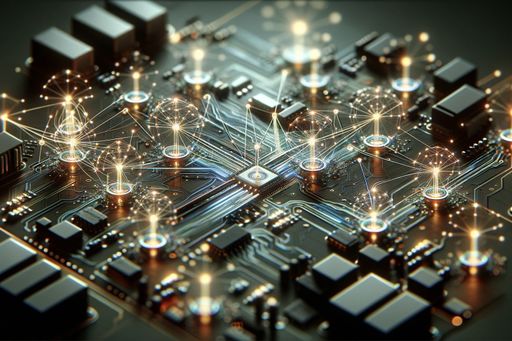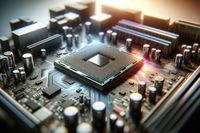Physics Breakthrough Paves the Way for Nuclear Fusion Energy
A recent physics breakthrough has passed its official peer-review, showcasing the potential for the development of nuclear fusion reactors capable of producing unlimited energy. This breakthrough could supercharge progress in energy-intensive technologies like AI and quantum computing.

Nuclear Fusion Breakthrough Passes Peer Review
A recent physics breakthrough that could serve as a proof-of-concept for the development of nuclear fusion reactors capable of producing near-unlimited energy has finally passed its official peer-review successfully.
On Dec. 5, 2022, a team of researchers at the United States National Ignition Facility (NIF) in California recorded data indicating that it had achieved a nuclear fusion reaction that created more energy than it took to produce. The reported results were the first of their kind.
In physics, this is sometimes colloquially referred to as a 'free lunch,' meaning a nuclear fusion reactor could one day be scaled to the point where it is capable of producing near-unlimited energy.
Confirmation and Replication of Results
The peer review is in, and according to a report in the APA Physics journal, multiple teams have confirmed and replicated the results.
Recreating the experiment was no easy feat. To achieve the original fusion reaction, NIF scientists used a technique called inertial confinement fusion. This form of fusion involves bombarding heavy hydrogen atoms with nearly 200 lasers, causing them to superheat and, ultimately, fuse at pressures greater than those found within the sun.
While this early work has only just been confirmed through peer review, the NIF device could serve as a platform by which practical fusion reactors can be built. It’s currently too soon to predict when a viable fusion reactor might be achieved.
Supercharging Energy-Intensive Technologies
Once realized, however, the free availability of so-called next-generation energy sources could supercharge the engineering and development of adjacent technologies such as AI and quantum computing.
Fields such as those, where energy bottlenecks at play are perceived to be the next great hurdle to scale, could see generational leaps in progress once those roadblocks are removed.
OpenAI CEO Sam Altman said there’s no way to build the AI systems of the future until there’s a fusion energy breakthrough. It’s possible that this work from the NIF team could be the first confirmed step toward that breakthrough technology.



